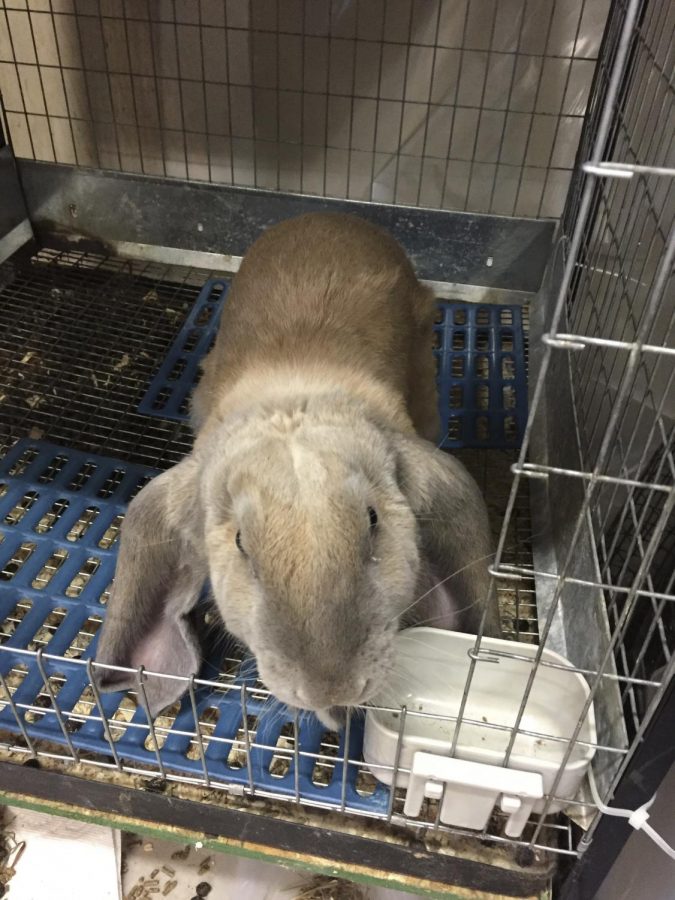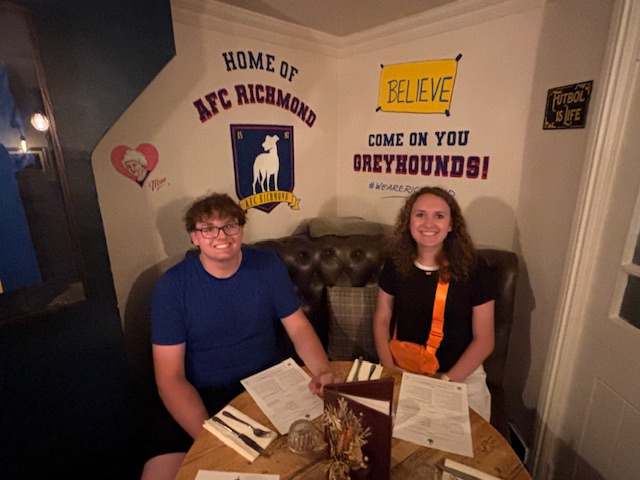Life on the Farm
Teachers, students of Utica share farming passions
December 18, 2017
Life on the farm can sound a little odd to a resident of Utica. When people think of Utica, they think about life in the suburbs and what mile road is going to be the least backed-up during rush hour. But to the suprise of many, Utica has a few teachers and students that have experienced life on the farm.
“I grew up in the 4H organization and I loved it,” teacher Bryant Sebastian said, “so we bought our 12 acres of land hoping to have a place for my children to keep their animals when they join.”
4H is a program that involves hands-on learning and educational organization for kids to build skills like responsibility, resilience and hard work that can help them succeed in life.
Having a farm can be a family tradition that passed down from generation to generation. According to the USDA Census of
Agriculture, of the 2.1million farms in the United States, 97% are family owned operations.
Although some teachers have just general farm animals like chickens, pigs, or ducks, one teacher has a very unique animal living on his property. a tortoise. “I brought Shelly [the tortoise] to school once. My students thought it was really funny,” teacher Josh Etheridge said. “It was kinda cool to see him all over Snapchat.”
A tortoise is not the only animal that can be seen on the Etheridge farm.
“I also have eight chickens and two ducks,” Etheridge said. “I take care of them daily.”
Having a farm comes with major responsibilities. Taking care of animals and cutting the grass on the land becomes a huge part of daily life.
“I have the food set for my chickens in the morning,” Sebastian said, “so I don’t have to feed them.”
There are about 25 million chickens on earth, making them more popular bird in the world.
Most chickens are raised for their meat and to be a prepared with mashed potatoes and corn. In fact, in Michigan alone there are about 3.8 million chickens that are raised to eat, making it one of the most popular animals to raise on a farm.
Like Sebastian, Utica High senior Noah Wexler also gained a passion for farming and animals through his experience in 4H. As a child, Wexler spent a lot of time at his stepfather’s farm in Lapeer. They had horses, chickens and ducks. However, Wexler chose to show rabbits with his 4H club.
“I woudn’t say I live on a farm, but I have farm animals,” Wexler said. “I have about 15 rabbits that I take care of every day.”
Having many animals and not living on a farm can be a difficult activity to pull off .
“I wouldn’t trade them for the world,” Wexler said, “even though it is hard.”
According to the United States Department of Agriculture, which is responsible for developing laws for agriculture in the United States, about 40.8% of the continental U.S. is farmland. This number was about twice the size in 1930, showing that the
American agriculture population has gone down drastically in the recent century. Research by the Food and Drug
Administration and the Small Business Administration concluded that approximately 20% of the U.S. food supply is imported, including 35% of fresh produce and 70% of seafood.
Breeding animals is also a big part of farming business in the United States and around the world. The breeding and selling indutry is a way for agriculture entrepenuers to make a serious living and keep a good flow of business coming into local and national farms.
None of the people interviewed for the article farm for a living. In fact, according monagari.org, farms workers make up approximately 40% of the global workforce, farmers account for only 2% of the workforce in the United States.
Finding farmers and farmland in Utica can seem like an unusual task, especially when you think about Utica’s location, which is in the heart of the suburbs. Despite this, a few find a way to embarce the farming and lifestyle to continue their passion and drive for what they love to do: live the farm life.












